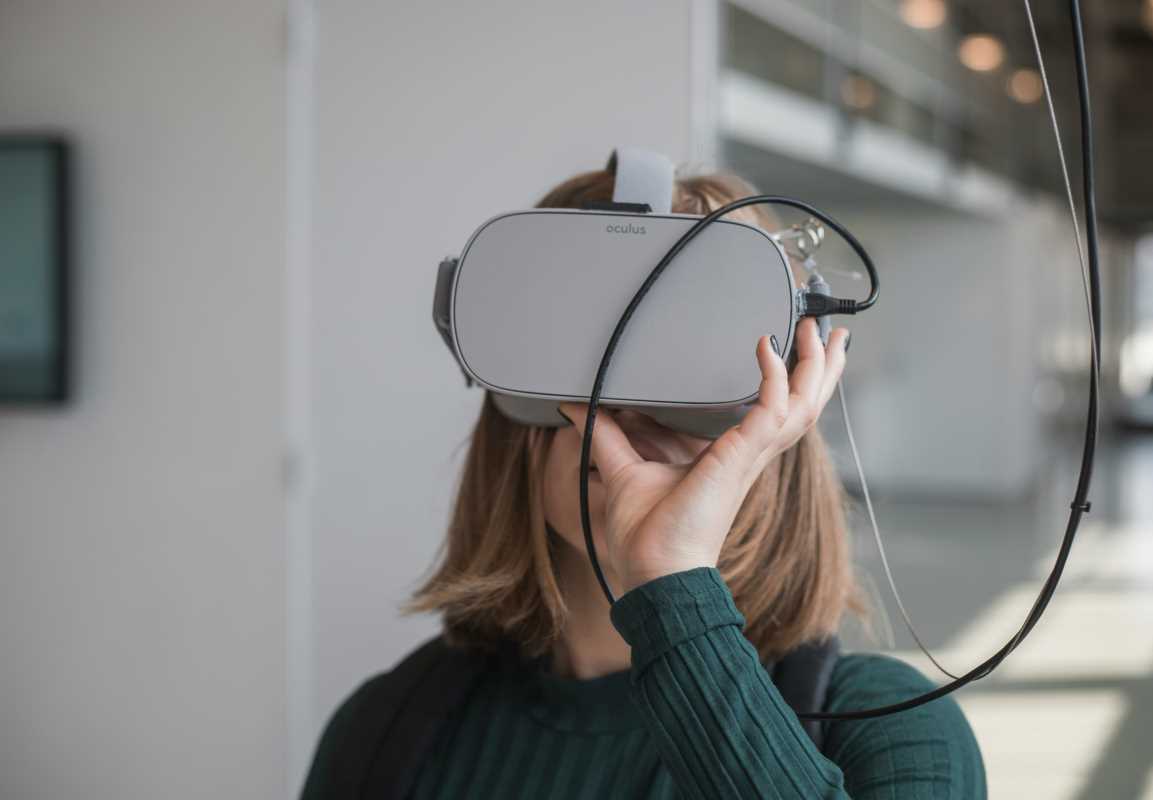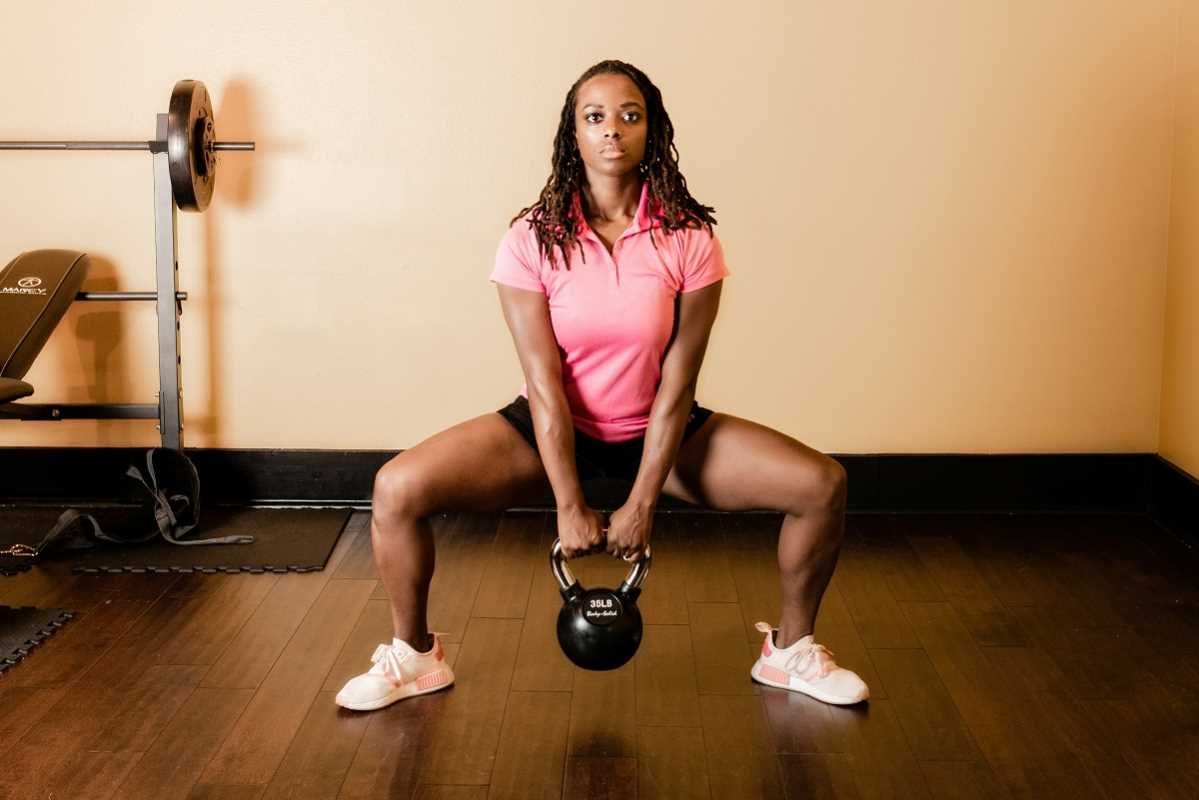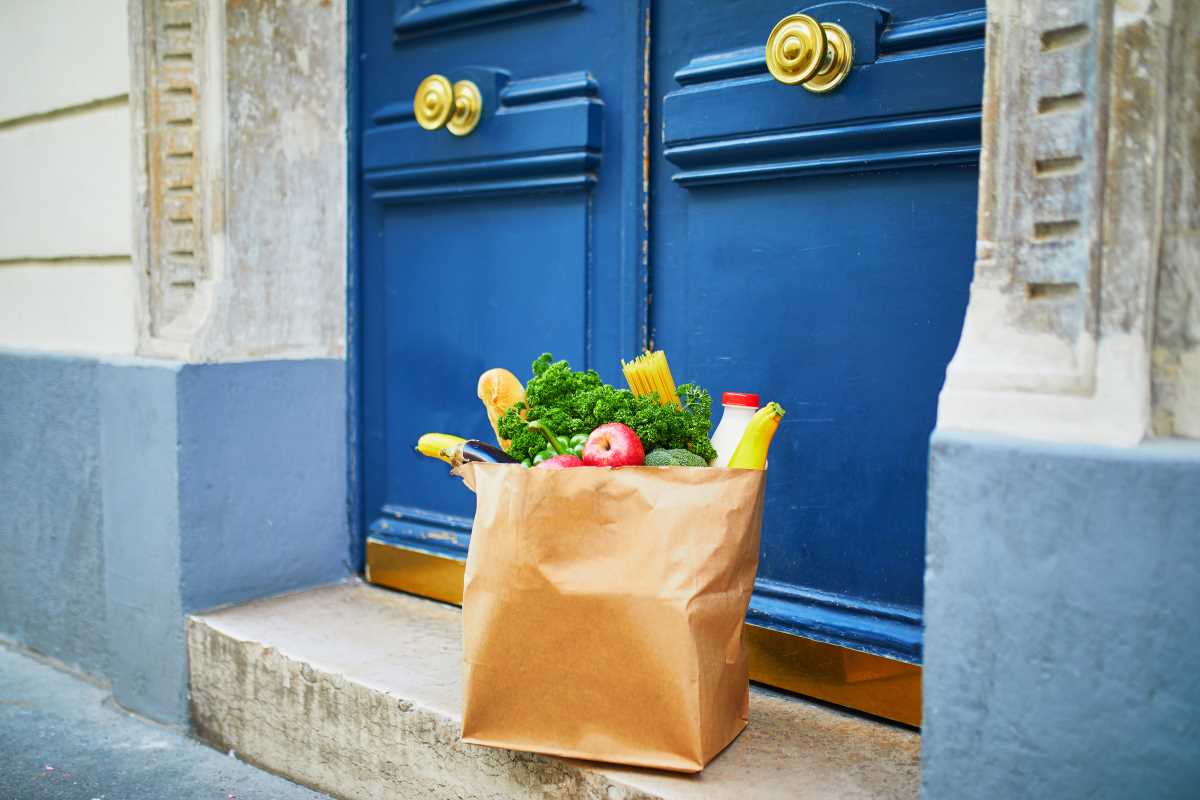Big-ticket items like cars, furniture, tools, and electronics can improve your lifestyle, but acquiring them poses a crucial decision for many people. Should you rent or buy? This choice can significantly impact your financial stability, so it’s worth weighing the pros and cons carefully.
Renting may appear convenient and budget-friendly for short-term or limited use, while buying provides benefits like ownership and long-term savings. But the right decision often depends on factors like usage frequency, budget, maintenance responsibilities, and potential resale value. This guide breaks down the pros and cons of renting vs. buying different types of big-ticket items, helping you identify the most cost-effective option for your unique needs.
The Pros of Renting Big-Ticket Items
When you don’t need something for an extended period, renting can be a smart solution. It offers flexibility, requires less commitment, and is increasingly popular for everything from tools to luxury experiences.
1. Lower Initial Cost
Renting is often the best choice for avoiding steep upfront costs. For example, renting a high-end camera for a wedding shoot may cost around $200, compared to buying the same camera outright at $3,000. Similarly, renting tools like a power washer for $50/day is ideal compared to spending hundreds for a device you’ll rarely use.
Renting allows access to premium items without the financial burden of ownership. This makes it perfect for special events, short-term projects, or testing new items.
2. No Maintenance Headaches
Big-ticket items like cars, boats, or heavy equipment often require regular maintenance to remain functional. Rentals take this responsibility off your plate. When you rent, the company handles upkeep like oil changes for cars or cleaning and inspections for tools.
For example, when you rent a car, you won’t worry about tire rotations or engine repairs since these are covered by the rental provider. This minimizes unexpected costs and ensures the item you’re using is always in good condition.
3. Perfect for Occasional Use
If you only need something for a one-off occasion, renting is far more economical. Think about renting outdoor furniture for a backyard party or a kayak for a weekend trip. You get access to what you need at a fraction of the cost, without worrying about storage or long-term care.
The same logic applies to items like designer outfits or handbags. Services that rent luxury fashion enable you to stay stylish for special events without permanently owning expensive trends.
4. Try Before You Buy
Testing an expensive item before purchasing can prevent major buyer’s remorse. Renting a treadmill for a month, for example, lets you determine how often you’ll actually use it or whether the brand meets your standards. Similarly, renting tools like lawnmowers or chainsaws can provide firsthand experience before taking the plunge to buy.
The Cons of Renting Big-Ticket Items
While renting provides short-term convenience, there are some downsides to consider, especially for items you’ll need frequently or long term.
1. Costs Add Up
Rental costs can balloon over time if you end up using the item repeatedly. For example, renting a couch for $50/month seems reasonable, but after two years, you’ve spent $1,200—with no ownership to show for it. For items you’re likely to use often, purchasing outright can save you money in the long run.
2. Limited Availability
Rental availability can be tricky, particularly for high-demand items during busy seasons. Equipment rentals like snowblowers or lawn tools often sell out during peak times, leaving you to scramble for alternatives. Additionally, there’s no guarantee you’ll get the newest or best-maintained model if inventory is scarce.
3. Usage Restrictions
Most rental agreements come with limitations. For instance, car rentals often include mileage caps, while equipment like pressure washers may come with usage guidelines to prevent wear and tear. Breaking these conditions can lead to unexpected fees, turning an otherwise affordable rental into a costly affair.
4. No Ownership Benefits
Ownership provides opportunities for resale or trade-ins, which are absent in rentals. Once your rental period ends, so does your access to the item, and you have no residual value on what you spent. For significant purchases, owning offers the financial flexibility of selling or upgrading later.
The Pros of Buying Big-Ticket Items
Ownership comes with clear advantages, especially for items you’ll frequently use or can’t afford to be without at critical moments.
1. Long-Term Cost Savings
For regularly used items, purchasing is usually the more economical option. Take tools like drills, ladders, or even a sewing machine. Using these items multiple times a year quickly makes renting an inefficient choice compared to simply owning.
For hikers or campers, owning key items like tents or sleeping bags will save hundreds versus renting gear for each trip. Similarly, owning a car pays off with daily use compared to paying rental fees or ride-share bills long term.
2. Unrestricted Access
Ownership means the item is always available to you, with no external limitations. This is especially useful for cars, where rental inventory might be unreliable. Similarly, buying a home treadmill grants 24/7 access versus waiting for your turn at a gym.
Customization is another perk. If you own a camera, you can add extra lenses and accessories based on your needs. If you own furniture, you can adjust or refurbish it over the years to match your style.
3. Resale Value
When you own big-ticket items, their resale value helps offset initial costs. Cars, furniture, and tools often have strong secondary markets. For example, lightly used tools or appliances can fetch a good price online when sold. This gives you the option to recoup some of your investment when upgrading or decluttering.
4. Independence from Inventory
Owning means you’ll never worry about shortages during busy times. When snowstorms roll in, having your own snowblower ensures you’re prepared while others hunt for rentals. It gives you peace of mind and reliability.
The Cons of Buying Big-Ticket Items
Despite its perks, ownership also has its share of challenges, including financial strain and the responsibilities it entails.
1. High Upfront Costs
Buying big-ticket items demands significant financial commitment. Cars, boats, and quality electronics often cost thousands upfront, making them inaccessible to some budgets. Even installment payments can strain monthly finances if the item isn’t essential.
For example, if your household values flexibility, the upfront cost of buying furniture might be less appealing than monthly rental fees, especially for renters who may move frequently.
2. Maintenance Expenses
When you own equipment or vehicles, maintenance is solely your responsibility. Cars need oil changes, tools may need replacement parts, and boats require seasonal upkeep. These hidden costs can add up over time, making ownership potentially more expensive than expected.
3. Depreciation
Certain items lose value rapidly after purchase. Cars, for instance, depreciate significantly within the first year. Similarly, consumer electronics like laptops or gaming consoles may become outdated as new models release, diminishing the value of your investment.
4. Storage Demands
Large items like furniture, tools, or sports equipment require adequate storage. Lack of space leads to cluttered living areas or forces you to rent storage units, adding to monthly costs. If you live in a small apartment, owning bulky items might be more hassle than it’s worth.
Big-Ticket Items Breakdown
Here’s a quick guide on when to rent vs. buy specific items:
- Cars: Rent for vacations or occasional business trips; buy for daily commuting.
- Tools: Rent heavy-duty tools like jackhammers or cement mixers for one-time projects; buy frequently used tools like drills or hammers.
- Furniture: Rent for short-term relocations or staging homes; buy for permanent spaces or long-term usage.
- Electronics: Rent cameras or projectors for events; buy for daily use or ongoing projects.
- Sports/Recreation Equipment: Rent kayaks, paddleboards, or skis unless you participate regularly.
Renting or buying big-ticket items depends on how often you’ll use the item, your budget, and your willingness to deal with maintenance or storage. Renting offers short-term financial relief and flexibility, while buying supports long-term value and convenience.
.jpg) (Image source: Toyota)
(Image source: Toyota) 





